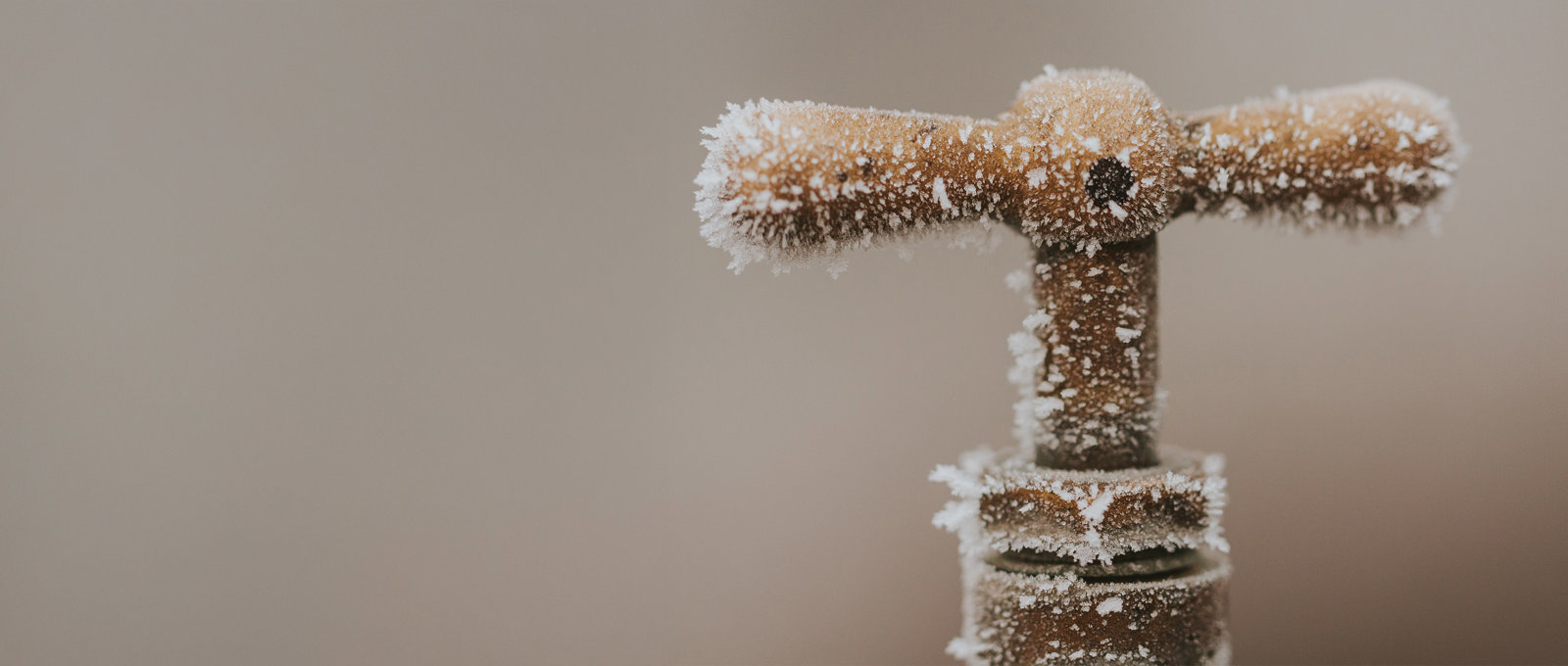Media reports and the weather forecasters are warning that the next two nights may be extra cold. Which unfortunately means an increased risk of burst pipes in homes and all the mess and inconvenience that can cause. So here’s a few words of advice to help you avoid problems.
Prevention is better than cure
- We know that heating costs are already a struggle for many – but very low temperatures can put your home and your health at risk so it’s important to strike a balance between safety and cost. If you can keep your heating on low overnight it will help avoid water freezing in pipes.
- While money saving advice generally says to only heat the spaces you are using, this does mean that water pipes in colder areas can be at risk. So during this cold snap it’s a good idea to either put on low heating in rooms where you have water pipes – even set low – or to leave doors open to allow warmth from other rooms to circulate.
- If you have water pipes in cupboards – such as under the kitchen sink – leave those cupboard doors open to let some of the warmth reach your pipes.
- Running your taps gently a couple of times during the day will help keep water moving and reduce the risk of ice forming. It will also reduce the risk of pressure building up if water in the pipes is starting to freeze. And it’s pressure that ultimately causes pipes to burst.
- Make sure where you know where your main stopcock is! If the worst happens you will know how to turn the supply off quickly rather than searching for it while experiencing the stress of being flooded from a burst pipe. The location will vary from home to home but many are under the kitchen sink. If you have a water meter the stopcock will be just above it (usually a blue, quarter turn lever tap).
- If you are going to be away – turn off the main stopcock before you leave.
How to tell if you have a frozen pipe
These are some of the telltale signs that you might have a frozen pipe:
- Little or no water coming from your taps or shower.
- Exposed pipes that look frosty or wet.
- Unusual noises when you flush the toilet or use the sink. Air trying to escape your pipes through a blockage can cause bubbling or whistling sounds.
- New and sudden damp patches or rings on walls or ceilings.
How to defrost frozen pipes
You can thaw exposed frozen pipes quite easily. Just go gently to reduce the risk of problems.
- Use a hairdryer on a low setting or a hot water bottle wrapped in a tea towel or a towel soaked in hot water.
- Never pour boiling water directly onto the pipe.
- Start at the tap and work back towards the frozen area so the trapped water can flow out easily.
If you do still have a sudden leak from a burst pipe, turn off your main stopcock and let us know as soon as possible so we can deal with the problem.




